Growing Welsh onion or Japanese Bunching onion Negi, anyone???
katyajini
2 years ago
Featured Answer
Comments (22)
Related Discussions
Growing onions
Comments (14)I've always had good luck with yellow flat onion sets, which are the easiest for me to handle. Seeds don't grow enough to attain size by the end of the year for me, transplants also don't do as well. Sets are so easy because they just have to be planted--no thinning, the plants have the strength to compete with seedling weeds and are easy to tell apart. I've planted ones from Wally World, but they usually didn't perform as well as sets I got from the farm supply store. I plant as early as I can, which is usually the first half of May--I can easily get them in the ground in late March, but cannot irrigate until early May so that sets my planting date. The key has always been not to let them get too dry--a good irrigation once a week works well, 2 weeks is too long (I rarely get natural rainfall). I will typically get onions that are 2-5+ inches in diameter, typically 4"....See MoreFirst time growing Green onions :question
Comments (4)If they are allium cepa, they may bulb. But mostly what are sold as green onions in supermarkets (aka allium fistulosum, Japanese bunching onions, negi or welsh onions) are bunching onions, and will not bulb or only very slightly. If they are allium fistulosum, they can be grown as cut & come again perennials. Here is a link that might be useful: http://en.wikipedia.org/wiki/Japanese_bunching_onion...See Moremultiplying onions
Comments (18)Probably the best commercial source for bunching onions from seed is Evergreen Seeds , they carry 9 varieties. My experience has been that the larger-stalked varieties (such as "Fuyuyo") tend to be less winter hardy, and multiply more slowly. The larger ones can reach close to 1" in diameter, and are best suited for milder climates... but while they can be grown as perennials, I note that quality deteriorates after the first year, unless they are moved or you let them reseed in place. Those with smaller stalks (such as "4 Seasons") are more winter hardy, and multiply quickly. In a 9-variety trial several years ago, 4 Seasons split at least 10-1 the following year, and quickly formed clumps. There are quite a few heirlooms (some topsetting/walking onions, some bunching) that will also multiply quickly. The bunching onions "Franz" and "Stevenson" have 1/2" stalks, are very winter hardy, and multiply quickly to form clumps... the best combinations of size, multiplication, and hardiness that I have seen. I will have seed for one of them in late summer... but the record was lost, so I don't know which of the two I'm still growing. :-( "Egyptian" and "Catawissa" are the standards for walking onions, exceptionally hardy, and forming large scallions in Spring & again in late Fall. You can't go wrong with those, they thrive on neglect, and a clump will last for years without care... and even spread, if you don't remove the top set bulbils. The top sets are occasionally offered commercially in the Fall, but the best source is another gardener, since both onions are widely grown. "Grandpa Achors" (a small topset onion) multiplies nearly as fast as chives (and is just larger), quickly forms large clumps, and will form small white onions if divided. "McCullar's" (another white topset) is larger (close to the size of supermarket scallions), multiplies 4-5 times from the base, and will form nice 1" white onions if divided & given space. Both are very winter hardy, and form topset bulbils in late summer....See More'Sallet' onions...
Comments (19)White Bunching onions (He-Shi-Ko is a variety) flower in spring and set seed. They also multiply by the shoots splitting at the base. Left to their own devices, they form a clump. You can pull up the clump and use the whole thing or reset one of the shoots to keep going. They are the first greens to come up in spring but aren't much good when flowering and can become pretty strong during a hot summer. Left to their own devices in poor soil, they don't grow very big but they sure persevere. However, they don't have bulbs - just a white section the width of the shoot. I like them for early spring scallions in salad or sallet or however you say it. (Sallet was the original English form of the word)...See Morekatyajini
2 years agozeedman Zone 5 Wisconsin
2 years agolast modified: 2 years agokatyajini thanked zeedman Zone 5 Wisconsinzeedman Zone 5 Wisconsin
2 years agokatyajini
2 years agokatyajini
2 years agokatyajini
2 years agokatyajini
2 years agokatyajini
2 years agokatyajini
2 years agozeedman Zone 5 Wisconsin
2 years agolast modified: 2 years agokatyajini thanked zeedman Zone 5 Wisconsin
Related Stories

SUMMER FRUITS AND VEGETABLESSummer Crops: How to Grow Beans
Grow your own beans for amazing variety and healthy, convenient produce all summer
Full Story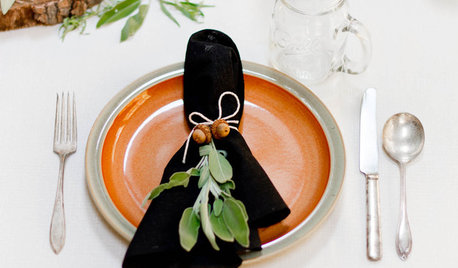
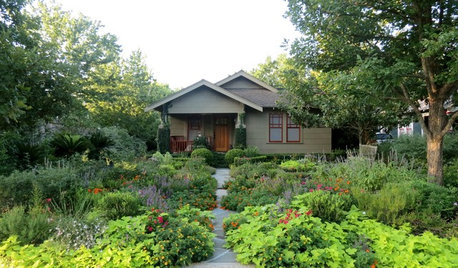
FRONT YARD IDEAS12 Surprising Features Found in Front Yards
Fire, water, edibles and wildlife habitats are just a few of the elements you can consider adding to your entryway landscape
Full Story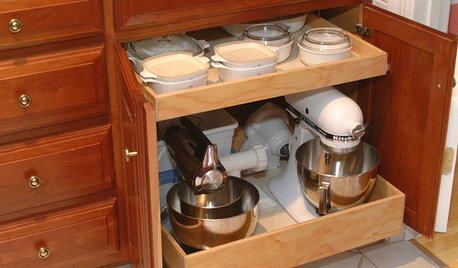
KITCHEN APPLIANCESConsidering a New Kitchen Gadget? Read This First
Save money, time and space by learning to separate the helpers from the hassles
Full Story
FRONT YARD IDEASBefore and After: Front Lawn to Prairie Garden
How they did it: Homeowners create a plan, stick to it and keep the neighbors (and wildlife) in mind
Full Story
EDIBLE GARDENSGarden BFFs? Why Your Vegetables Are Begging for Companion Plants
Foster friendships among plants for protection from pests, pollination support and color camaraderie
Full Story
KITCHEN DESIGN9 Questions to Ask When Planning a Kitchen Pantry
Avoid blunders and get the storage space and layout you need by asking these questions before you begin
Full Story
LIFEHouzz Call: Where (and What) Are You Reading This Summer?
Whether you favor contemporary, classic or beach reads, do the long and lazy days of summer bring out the lit lover in you?
Full Story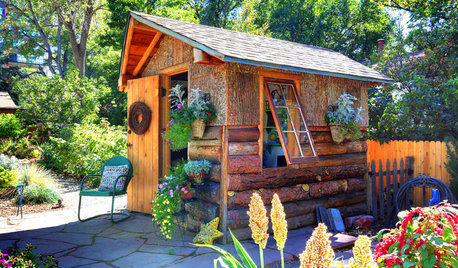
SUMMER GARDENINGPhoto Gallery: Summer Gardens Take a Bow
Home gardeners amazed us with photos of their flower beds, sheds and outdoor rooms. Take a look and get ideas for fall planting time
Full Story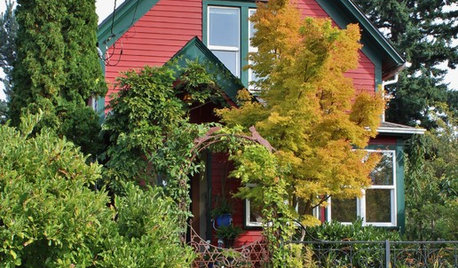
HOUZZ TOURSMy Houzz: A Musical Couple's Home Strikes a Personal Chord
Light, glass and many musical instruments animate this 1905 bucolic Washington farmhouse
Full Story



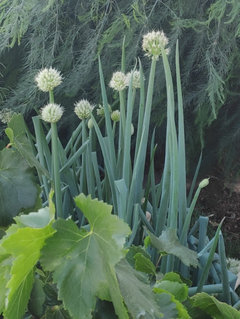
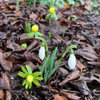


farmerdill